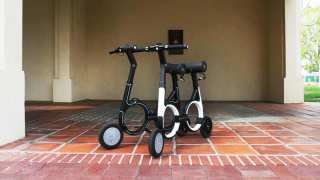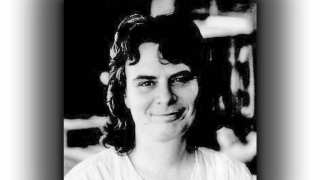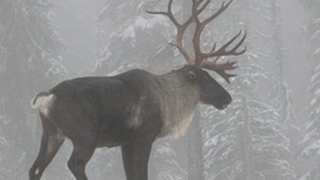Worldwide, 37 million people are infected with HIV. New research suggests that early treatment given to children born with the disease may help them control it in later life, without the need for daily medication in the form of antiretroviral therapy (ART).
At the International Aids Conference, held in Paris this July, researchers spoke of the significance of this new case during a clinical trial, where the patient showed no symptoms after only one year of treatment followed by eight and a half years with no treatment. This case suggests that potentially, early treatment may bring about long term remission.
The nine-year-old female child, from South Africa, was put on HIV drugs when only two months old and then stopped treatment 40 weeks later. When she was tested again, at age nine and a half, researchers found evidence of HIV in a small number of cells, but none of these cells were capable of reproducing.
The potential importance of early treatment
The trial, which started in 2007, involved treating babies infected with HIV at birth with either a short, 40 week course of ART drugs, or a longer 96 week course. The results of the study were presented at the conference by the Perinatal Unit of the University of the Witwatersrand in Johannesburg. Avy Violari, from the Perinatal Unit said: “To our knowledge, this is the first reported case of sustained control of HIV in a child enrolled in a randomised trial of ART [antiretroviral therapy] interruption following treatment early in infancy.”

Medicine syringe for a baby. (NIH)
Whilst some people appear to be able to avoid infection with HIV even after exposure to the virus, researchers confirmed that the child in question doesn’t have the genetic characteristics associated with this particular phenomenon.
Whilst the results are certainly encouraging, they do need to be interpreted with caution. Of the case, President of the International AIDS Society, Linda-Gail Bekker said: It's a case that raises more questions than it necessarily answers. It does raise the interesting notion that maybe treatment isn’t for life. It’s clearly a rare phenomenon.”
This is the third case of early aggressive treatment resulting in remission, suggesting that there may well be a way in which to induce remission in babies born with the disease. Anthony S. Fauci, Director of the National Institute of Allergy and Infectious Diseases, said: “Further study is needed to learn how to induce long-term HIV remission in infected babies. However, this new case strengthens our hope that by treating HIV-infected children for a brief period beginning in infancy, we may be able to spare them the burden of life-long therapy and the health consequences of long-term immune activation typically associated with HIV disease.”
Top image: Scanning electron micrograph of HIV-1 (in green) budding from cultured lymphocyte. Multiple round bumps on cell surface represent sites of assembly and budding of virions.
References:
https://www.nytimes.com/2017/07/24/health/aids-virus-free.html







No comment